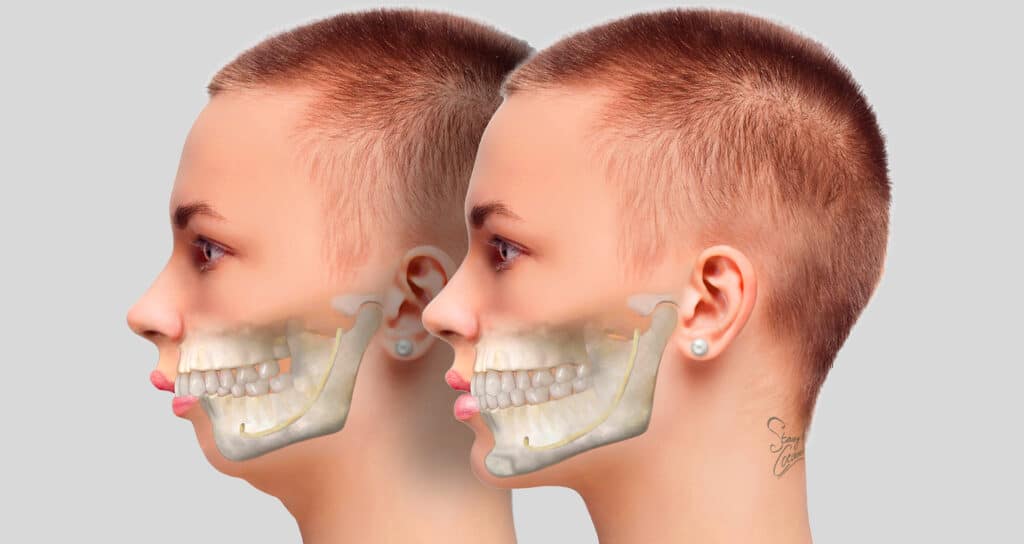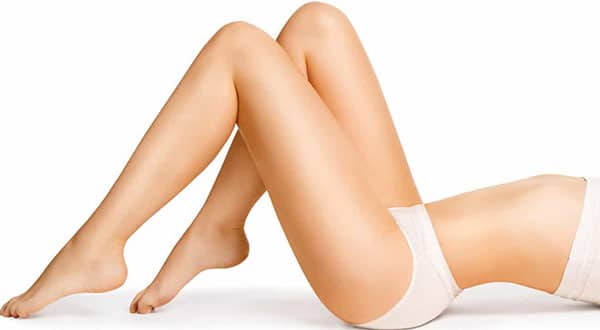Stem Cells Explained
Types Identified
Stem cells come in various types, each with unique abilities. Scientists categorize these cells into two main groups: embryonic and adult stem cells.
Embryonic stem cells are powerful. They can become any cell type in the body. This versatility makes them invaluable for medical research and treatments. Adult stem cells are more limited. They usually turn into cells of their specific tissue or organ.
Potential Unlocked
The potential of stem cell therapy is vast. It holds promise for treating diseases once thought incurable. Conditions like Parkinson’s disease, diabetes, and heart disease could see revolutionary treatments.
Researchers have made significant progress. They’ve developed methods to guide stem cells into becoming specific cell types needed for repairing damaged tissues or organs. This advancement has opened new doors for regenerative medicine, offering hope to millions.
Challenges Faced
Despite the excitement, challenges remain. The biggest hurdle is ensuring safety and effectiveness in treatments derived from stem cells.
Scientists work tirelessly to understand how these cells transform into other cell types. They also study the long-term effects of stem cell therapies on patients. Their goal is clear: develop safe, effective treatments that can change lives.
Master Cells and Their Significance
Healing Potential
Stem cells carry remarkable healing abilities. They can transform into different cell types, aiding in recovery from injuries or diseases. This ability makes them invaluable in medical treatments.
Researchers have seen promising results in treating heart disease, diabetes, and spinal cord injuries. Patients have experienced improved health outcomes due to stem cell therapies. These treatments offer hope where traditional methods fall short.
Research Breakthroughs
Significant advancements in stem cell research have occurred over the years. Scientists first isolated human embryonic stem cells in 1998. This discovery opened new avenues for understanding human development and disease.
Since then, researchers have developed methods to create stem cells from adult tissues. This breakthrough reduces ethical concerns associated with using embryonic stem cells. It also means patients could potentially receive treatment using their own cells, minimizing rejection risks.
Ethical Considerations
The use of stem cells raises important ethical questions. The debate often centers around the source of these cells, especially when derived from embryos.
Ethical guidelines have been established to navigate these issues. They ensure research and treatments are conducted responsibly. Public dialogue continues to shape these guidelines, reflecting societal values and scientific progress.
Stem Cell Origins and Types
Adult Cells
Adult stem cells, also known as somatic cells, are found in specific tissues. They play a key role in the body’s repair system. Unlike embryonic stem cells, they have a more limited ability to become different cell types.
These cells are crucial for replacing damaged cells in organs like the skin or blood. Their discovery has led to advancements in treating diseases such as leukemia through bone marrow transplants.
Embryonic Cells
Embryonic stem cells come from early-stage embryos. They hold the potential to develop into any cell type in the body. This versatility makes them incredibly valuable for medical research and regenerative medicine.
Scientists first isolated these cells in 1998. Since then, they have explored their use in treating various conditions, including Parkinson’s disease and spinal cord injuries. Their ability to regenerate damaged tissues offers hope for many.
Induced Pluripotent Cells
Induced pluripotent stem cells (iPSCs) are adult cells reprogrammed to behave like embryonic stem cells. This breakthrough came in 2006, offering a way to create patient-specific cell lines without using embryos.
iPSCs have opened new doors for personalized medicine. They allow researchers to study diseases more closely and test treatments on cell lines derived from actual patients. This approach has immense potential for developing targeted therapies.
Controversies Surrounding Embryonic Cells
Ethical Concerns
Ethical debates have been intense. They focus on the moral implications of using human embryos in research. Critics argue this practice disrespects potential human life.
Embryonic stem cell research requires the destruction of embryos. This fact sits uncomfortably with many, sparking a major ethical debate. Supporters counter that the potential for medical breakthroughs justifies the research.
Legal Battles
Legislation varies globally. Some countries embrace embryonic stem cell research, while others strictly regulate or ban it.
In the United States, federal funding for such research has fluctuated with changing administrations, reflecting society’s divided stance. Legal battles have shaped the landscape, influencing research scope and funding availability.
Public Perception
Public opinion is split. Surveys show a divide between those who support embryonic stem cell research for its medical benefits and those opposed on ethical grounds.
Media portrayal influences public perception significantly. Stories of potential cures raise hopes, while ethical concerns fuel skepticism. The debate often reflects broader societal values and beliefs about science and morality.

Understanding Stem Cell Therapy
Types of Cells
Stem cell therapy utilizes different types of cells for treatment. These include embryonic stem cells, adult stem cells, and induced pluripotent stem cells (iPSCs). Each type has unique properties and applications.
Embryonic stem cells are potent but controversial. They can become any cell type, offering vast potential for regenerative medicine. However, their use raises ethical questions.
Adult stem cells are less versatile but safer. They’re found in specific tissues like bone marrow and can help treat blood-related diseases.
iPSCs are a groundbreaking discovery. Scientists reprogram adult cells to behave like embryonic ones. This offers a compromise between versatility and ethical concerns.
Treatment Areas
Stem cell therapy shows promise in various medical fields. It’s not a cure-all, but it has made significant strides in certain areas.
In regenerative medicine, stem cells help repair damaged tissues. Heart disease patients have seen improvements through stem cell treatments.
For autoimmune diseases, such as multiple sclerosis, stem cell therapy offers hope for managing symptoms more effectively than traditional methods.
Cancer treatments also benefit from stem cell research. Bone marrow transplants, a form of stem cell therapy, have saved lives by replacing diseased cells with healthy ones.
Future Prospects
The future of stem cell therapy is bright yet challenging. Ongoing research aims to overcome current limitations and expand treatment possibilities.
One major goal is to ensure treatments are safe and effective for widespread use. Achieving this requires rigorous clinical trials and regulatory approval processes.
Another focus is making therapies more accessible. High costs and limited availability currently restrict many potential benefits of stem cell treatments to a few.
Applications in Treating Diseases
Blood Disorders
Stem cell therapy has revolutionized the treatment of blood disorders. Leukemia, for instance, once had grim prospects. Now, patients see hope through stem cell transplants. These procedures replace diseased bone marrow with healthy cells.
This therapy also treats thalassemia and sickle cell anemia. Patients experience fewer symptoms and improved quality of life post-treatment.
Neurological Conditions
Parkinson’s disease and multiple sclerosis (MS) challenge millions worldwide. Stem cell therapy offers a new avenue for managing these conditions. It focuses on repairing damaged neural tissues, potentially halting or reversing disease progression.
Early studies show promise, especially in reducing MS symptoms. Patients report improved mobility and reduced relapses.
Organ Repair
Organ failure presents a critical health crisis. Stem cells provide a groundbreaking solution by regenerating damaged tissues. This is vital for heart attack recovery and liver cirrhosis treatment.
Patients benefit from reduced organ damage and improved function. This approach could diminish the need for organ transplants in the future.
Risks and Limitations Explored
Immune Rejection
The body sometimes sees transplanted stem cells as foreign invaders. This can lead to immune rejection. Patients might experience fever, fatigue, or pain.
Doctors try to match donors and recipients closely to reduce this risk. Yet, challenges remain.
Ethical Concerns
Stem cell therapy raises ethical questions, especially regarding embryonic stem cells. These cells come from embryos, leading to debates about the moral implications of their use.
Research continues to find alternatives that avoid these ethical dilemmas.
High Costs
Treatment costs can be prohibitive. Insurance often does not cover these experimental therapies. Patients may face financial strain seeking stem cell treatments.
Efforts are ongoing to make therapies more affordable and accessible.
Limited Success Rates
Not all treatments work as hoped. Some patients see no improvement, while others experience temporary benefits.
Researchers are working on enhancing the efficacy of stem cell therapies.
Future of Regenerative Medicine
Cutting-edge Research
Despite the risks and limitations explored earlier, cutting-edge research in stem cell therapy continues to push the boundaries. Scientists are developing safer, more effective treatments. They aim to minimize risks while maximizing benefits.
New techniques are emerging. Researchers now use CRISPR technology to edit genes in stem cells. This could eliminate genetic diseases before they manifest. Such advancements promise a future where regenerative medicine can cure previously incurable conditions.
Personalized Treatments
The future also points towards personalized regenerative medicine. Doctors will tailor stem cell therapies to individual patients’ genetic makeup. This customization will increase treatment effectiveness and reduce side effects.
Scientists are already working on creating organoids from patients’ cells. These mini-organs help test treatments and understand diseases better. Personalized medicine is not just a dream but a foreseeable reality.
Global Access
Efforts are underway to make stem cell therapies accessible worldwide. Organizations and governments recognize the need for global health equity. Collaborations across countries aim to share knowledge, technologies, and resources.
Initiatives like the International Stem Cell Banking Initiative strive to standardize stem cell lines globally. This ensures that patients everywhere have access to high-quality treatments. The goal is clear: make regenerative medicine available to all who need it.
Final Remarks
Stem cell therapy represents a groundbreaking shift in medical treatment, offering hope where traditional methods fall short. Your understanding of stem cells, from their origins to the controversies and applications, equips you with knowledge about one of the most promising areas of modern medicine. Despite the risks and limitations explored, the potential for stem cell therapy in regenerative medicine cannot be overstated. It’s a field that’s not just about healing the present but also about redefining the future of healthcare.
As we look ahead, your role in this journey becomes crucial. Stay informed, ask questions, and consider the implications of stem cell research and therapy on your health decisions. The future of regenerative medicine is bright, and by staying engaged, you contribute to a healthier tomorrow. Let’s embrace this frontier with optimism and informed curiosity.
Frequently Asked Questions
What are stem cells?
Stem cells are the body’s raw materials from which all other cells with specialized functions are generated. They have the unique ability to develop into many different cell types in the body during early life and growth.
Why are stem cells important?
Stem cells are crucial for developing new therapies for diseases such as diabetes and heart disease because they can be used to regenerate or repair diseased tissues and organs, potentially offering a renewable source of replacement cells.
How do stem cell therapies work?
Stem cell therapies involve using stem cells to stimulate the body’s own repair mechanisms to heal tissues or organs that are damaged or diseased. This can include transplanting stem cells, stimulating existing stem cells in the body, or directing injected stem cells to become specific cell types.
What diseases can stem cell therapy treat?
Stem cell therapy has potential applications in treating a wide range of diseases, including Parkinson’s disease, Alzheimer’s disease, spinal cord injuries, heart disease, diabetes, and certain types of cancer.
Are there risks associated with stem cell therapy?
Yes, like any medical treatment, there are risks involved. These can include immune rejection of transplanted stem cells, complications from the procedure itself, and the possibility of encouraging the growth of tumors.
What is the future of regenerative medicine involving stem cells?
The future of regenerative medicine looks promising with ongoing research exploring new ways to harness the power of stem cells. Advances in technology and understanding could lead to breakthrough treatments for chronic diseases and injuries, making personalized medicine more accessible.
What controversies surround embryonic stem cell research?
Controversial issues surrounding embryonic stem cell research primarily relate to ethical concerns about using human embryos for scientific studies. The debate focuses on balancing moral considerations with the potential benefits of such research for treating serious diseases.











